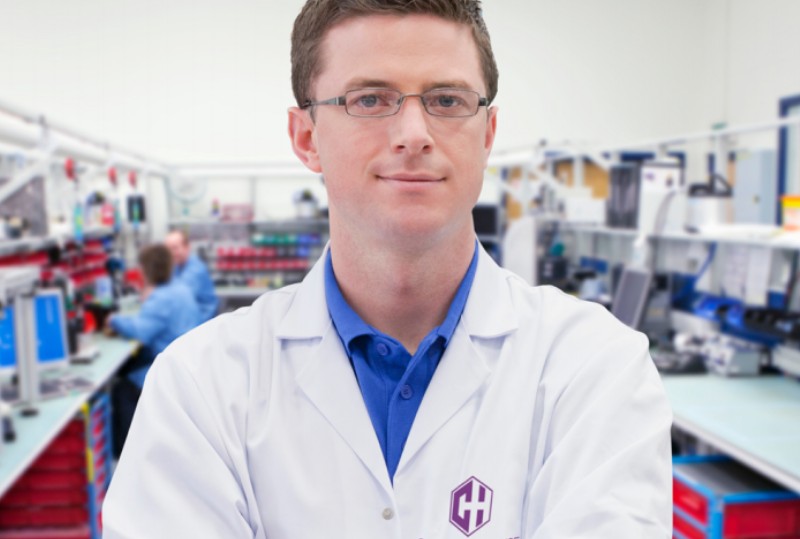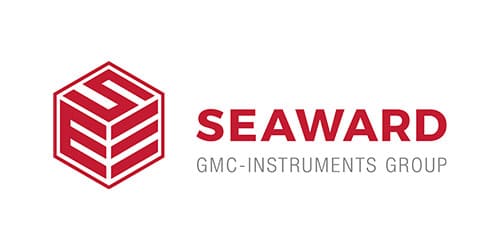A calibration schedule allows a business to monitor all the measurement devices it has that require calibration. A calibration schedule will usually include such information as:
- Equipment make, model and serial number
- Last calibration date
- Next calibration due date
- Calibration service frequency (usually 12 months)
- Person responsible for device internally
Instruments need regular calibration to ensure measurements are still within accuracy limits specified at the time of manufacture. Accurate measurements are fundamental to the quality and safety of most products and services we use every day.
Calibration is a process of measurement comparison where an instruments accuracy is checked by comparison with a recognised national or international standard of higher accuracy.
There are two main types of calibration when it comes to the services we offer.
Traceable to National Standards Calibration: This allows customers to ensure measurement comparisons carried out on their instruments are carried out in line with recognised national or international standards.
UKAS Calibration: This is the highest possible standard of calibration, where certificates should include the UKAS logo and uncertainties of the measurements provided.
It is important to note that UKAS accreditation (ISO17025) does not mean that all certificates can be issued to UKAS standards. Each individual calibration technique, equipment and engineer must be separately accredited. Please view schedule of accreditation on the UKAS website to see in real time which activities are accredited.
Certificate of Conformity: If calibration certificates are not UKAS or traceable to national standard they are nothing more than conformance documents. These are acceptable in some instances, where devices maybe used for function check or verification rather than actual measurement.
Validation ensures an instrument is performing its stated function without any problems. Calibration ensures the function and measurements provided are still accurate when compared with a standard of greater accuracy. Validation should be carried out regularly to check the function of an instrument between the usual annual calibration service of most items.
When a business has an ISO 9001: 2015 accreditation they are required to monitor and measure activities to ensure quality and timely delivery of products and services. Monitoring and measurement involves the use of instrumentation and this instrumentation needs to be controlled by the business to ensure quality of products and services. Control of these devices involves:
- identify these devices on a register, so you the business is aware of their calibration status.
- Careful handling of these devices so as not to affect their accuracy.
- Retain proof these devices have been calibrated, usually on a register or file with certificates.
This process is sometimes known as Calibration Asset Management.
- Ensures measurements can be trusted and are still within manufacturer specification.
- Assures compliance to ISO9001:2015 and other certification requirements.
- Increases consistency and reliability of the products you manufacture or service you provide.
Calibration is a form of insurance policy; it shows an organisation has done its utmost to ensure safety and quality of the product or service it provides. As an example:
Millions of electrical items are sold to consumers every day, each one of these items is checked at the end of a production line by an electrical safety tester. If the electrical safety tester had not been calibrated and measurements had drifted, it could be verifying equipment is safe to be used by consumers when it may not be. This could lead to electric shock and litigation against the company involved, if they cannot show they have done everything possible to ensure the safety of the item there may be severe consequences.
Instrument calibration is the process of comparing and recording the measurement of a device with a standard of greater accuracy. There are many different calibration techniques and methods, but the premise is the same. A scale for example is calibrated by using highly accurate test weights and comparing the value the scale reports with the known value of the highly accurate test weights.
There are many different types of thermometer, each requiring different test equipment and processes to provide an accurate thermometer calibration service. Across the calibration industry there are two main methods used to calibrate thermometers, these are as follows:
- Fixed Points Method – The thermometer is inserted into calibration bath that can deliver a wide range of temperature points at greater accuracy than the thermometer. This is the most accurate method of calibrating a thermometer, although it does take time and therefore is more costly to carry out.
- Comparison Method – The readings of the thermometer under test are compared with another thermometer of greater accuracy. This is one of the most wildly used methods in industry.
Scales are calibrated across their weight range by means of comparison measurement with highly accurate test weights. There are a number of different standards of test weights, which are used for different types and accuracy of scale.
- M1 calibration weights are standard weights calibrating standard scales often used in the home.
- F1/F2 weights are used for calibration of precision electronic balances.
- E2 OIML weights are used for calibrating highly accurate analytical balances.
- E1 OIML calibration weights are used for testing and calibrating micro analytical balances.
Sensors are used in process control systems and send signals from a measuring device to a control panel, monitoring station or computer. These electrical signals can be impacted over time due to mechanical wear/damage, incorrect reference points or shifts in the operational range of the sensor.
In order to calibrate a sensor most organisations run sensor calibration programs, which involve the use of a very accurate process simulator connected to the process side of the sensor. The value that is transmitted to the monitoring station is then compared with the value inputted by the process simulator and corrective actions taken if needed.
Calibration can often be referred to as: verification, standardisation, normalisation, benchmarking, proving or testing.
There are two main types of calibration, which are UKAS standard and traceable to national standards.
In terms of instruments and calibration testing there are a number of different processes and disciplines from electrical measurement, to pressure or dimensional measurement.
Talk to one of our expert advisors...
Our team of expert technicians are on hand to help you with any queries you have about calibration, servicing or repair.



















Join us On Social Media.
Stay up to date with the latest industry news and developments.
Close